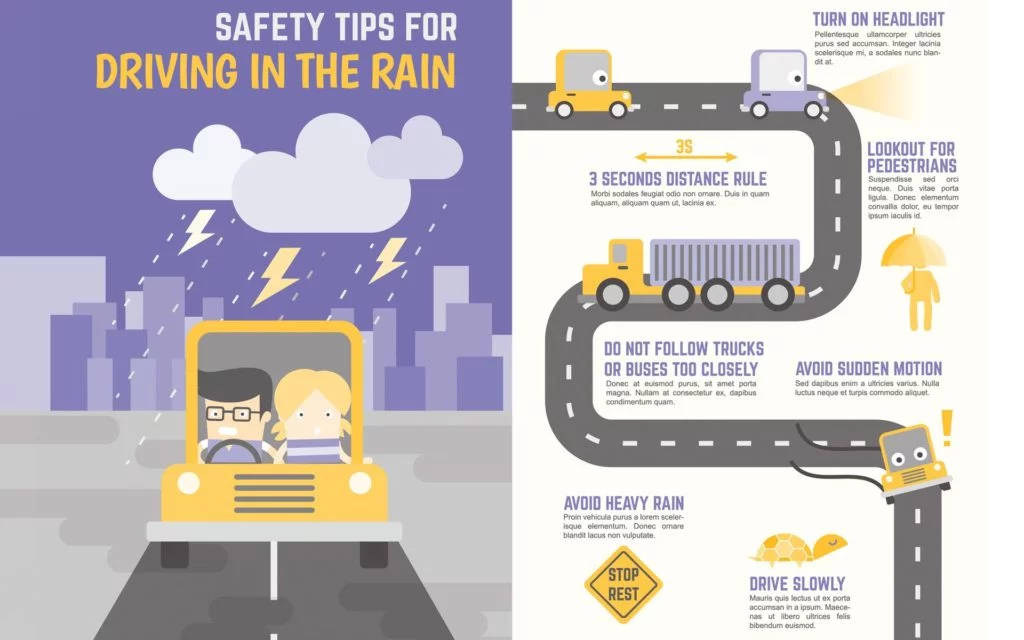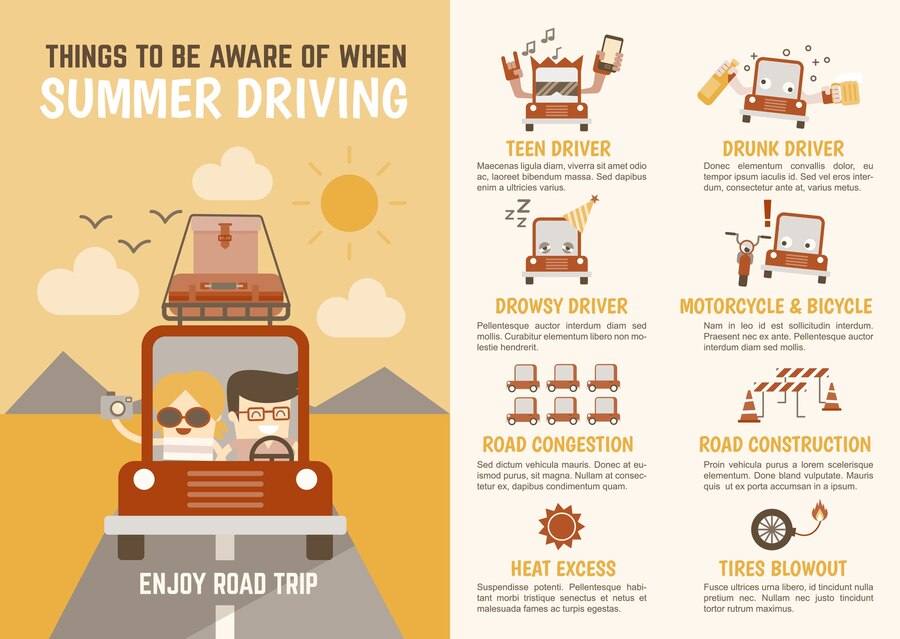Drive Test Prep
What to Expect
Drive Test Prep. You can expect to be treated with respect, fairness, and courtesy during the entire examination process. If you are not treated in this manner, please contact the office manager. Your driving test will last about 20 minutes. The test consists of basic maneuvers you will encounter while driving such as: left and right turns, stops at controlled and uncontrolled intersections, straight line backing, lane changes, and driving in street traffic.
Are All Driving Tests the Same?
The driving test for the basic license class (Class C) is the same for all drivers regardless of age. A driver with a physical and/or mental condition may take a different version of the driving test containing additional test elements.
Be sure to get enough practice
Some drivers need more practice than others. Minors must complete 50 hours of behind-the-wheel training (ten hours of required night driving) before taking a driving test. When you practice, pretend you are taking a driving test. Ask your accompanying driver to calmly point out your mistakes. Ask questions about a particular driving situation that may have confused you. The next time you practice, pay particular attention to correct any driving errors you made the time before.
Practice all the driving maneuvers listed in the Safe Driver checklist below.
The DMV examiner is there to make ensure you have demonstrated you can handle your vehicle in regular traffic situations and not to trick you. During your driving test, the examiner will note how you follow the rules of the road and traffic signs and/or signals. He/she will note other areas in which you may need improvement.
Practice the following safe driving tips to improve your driving skills:
- Steer smoothly at all times.
- Accelerate smoothly. Don’t race the engine or make it stall.
- Stop the vehicle gently. Start braking well ahead of where you must stop to avoid sudden “jerks.” Know where to stop. Be aware of crosswalks. If your view is blocked at a crosswalk, move forward carefully and look both ways before entering the intersection..
- Be sure your vehicle is in the correct gear. Don’t grind the gears.
- Always obey the posted speed limits. If needed, reduce your speed to adjust for existing weather, road, and other traffic conditions. Remember to turn on your lights if you need to use your windshield wipers in poor weather conditions.
- Follow at a safe distance. Use the three-second rule. Increase your following distance in bad weather or poor visibility.
- Know what the traffic signals mean and obey them at all times.
- Always use the proper lane. Turn from the correct lane into the correct lane.
- Signal for all lane changes and turns.
- Always look for potential hazards (scan). Check your mirrors frequently. Always look over the proper shoulder before making lane changes or pulling away from the curb.
- Drive defensively. Anticipate another driver’s errors.
If you are unsure about your driving skills, review the following CA DMV publications: Parent-Teen Training Guide. These publications provide detailed instruction to correctly perform the driving maneuvers required on a driving test, as well as the laws and rules of the road and safe driving practices.
Other Test Information
If you have any questions, you may ask the examiner before your driving test begins. During the test, the examiner will ask you questions or give you directions, but he/she will not engage in general conversation.
Preparing for Your Driving Test?
Test Vehicle Requirements
The vehicle you use for your driving test must be safe to drive. Before the test, the examiner checks for:
- two license plates. The rear plate must show current registration.
- both front and back turn signal lights and working brake lights.
- a working horn designed for the vehicle.
- tires with no bald spots.
- adequate brake pressure (you will be asked to step on the brake pedal to see if it works properly).
- a driver’s side window that rolls down.
- a windshield that allows a full unobstructed field of vision.
- two rear view mirrors (one must be on the outside, to the driver’s left).
- driver and front passenger doors that open from both the inside and outside.
- a secured glove compartment door so it doesn’t open during the test.
- a passenger seat permanently attached to the vehicle.
- working safety belts, if the vehicle was manufactured with safety belts.
- working emergency/parking brake.
Financial Responsibility
You must show that your vehicle is properly insured before the driving test begins (or the test will be postponed) by providing one of the following:
- A document with the liability insurance policy or surety bond number.
- An Assigned Risk insurance card with the name of the assigned insurance company, file number, and current coverage dates.
- Current insurance binder or copy of an insurance policy signed or countersigned by an insurance company representative.
- DMV-issued certificate of self-insurance or acknowledgment of cash deposit.
- Written confirmation from the insurer that the person is insured.
After Your Driving Test
Learning to drive safely does not end with your driving test. Your license means you have met the driving test requirements. However, in everyday driving you will have to deal with many situations and problems you did not encounter on your driving test. The best ways to deal with unexpected situations is to always use the same, safe driving habits and the responsible attitude you demonstrated on your driving test.
Remember, getting your license doesn’t make you an expert. It makes you a qualified beginner!
Don’t be concerned that the examiner is writing on the score sheet the entire test. He is just keeping track of where he is on the exam.
Tips For Driving In The Rain

Summer Driving Tips
